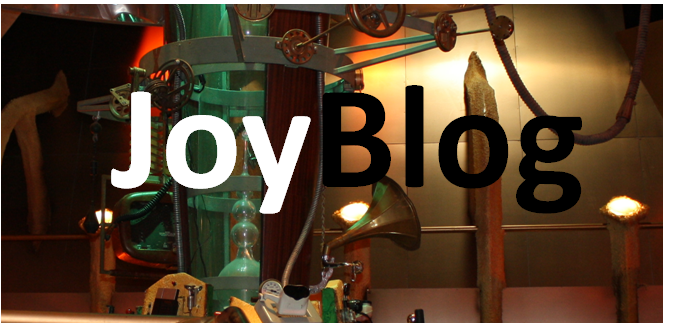The Hollywood Costume exhibition at the V&A proved to be a great post-Christmas treat (runs until 27 January 2013), giving you the opportunity to rub shoulders where the rich and famous have already rubbed shoulders. Even for the casual movie fan there’s a real thrill in seeing Darth Vader’s original clunky costume or Audrey Hepburn’s LBD from Breakfast at Tiffany’s.
Arranged in three very different halls, the exhibition’s focus is not just on the costume itself (which is of course the centrepiece) but the work involved in producing it. And so we follow every step of the creative process from the initial script to discussions with the director and fittings with the star. At the end of the day, it IS ‘just’ a dress, but when you see what craft went into its journey to the screen you realise that this is no mean feat. Of note is Tippi Hedren’s plain green suit from Hitchcock’ The Birds. The suit is itself a well-designed piece of couture by Edith Head, but it’s only when you read (or watch one of the many video films running alongside the exhibits) about what it needed to represent, and how many different iterations were required, that you get the full appreciation.
Understandably, some of the costumes have fared better than others, with the most modern required to stand the scrutiny of high definition. Marilyn Monroe’s billowing dress (arguably the Mona Lisa of Hollywood costumes) is wisely stood behind a plexiglass screen, though others are available for you to lean in close – though clearly no touching or photography.
Personal highlights were inevitably Han Solo’s simple attire from Star Wars, Indiana Jones’ hat and bullwhip, Christopher Reeve’s ropey Superman suit and the modern gadgetry of Batman’s latest incarnation.
It’s no great surprise that the exhibition has been sold out on the most popular days – there’s plenty to see and it’s well-priced for London entertainment. The £25 catalogue is a bit steep (£35 for hardback) though is packed with plenty of glossy stills and designs. If you get the chance to see it before the end of January it’s well worth the trip. Even during our recent trip to Hollywood we didn’t see so many iconic exhibits in one place.
I passed on the Ballgowns exhibition which is also showing at the V&A – not really my thing. But what’s a bit worrying is the restrictions on viewing. Not only can you not touch or take photographs, you’re also forbidden from sketching. Bizarre. I’m sure that I could Google a good high quality image of any one of the exhibits. Is sketching such a risk? I wonder if you get a fully body search for pencils and then a memory wipe afterwards just in case you were tempted to rush out and furiously sketch what you’ve seen on the back of a napkin? Perhaps they could use the Memory Worm that was used to great effect in the Doctor Who Christmas Special. What do you mean you don’t remember it?
